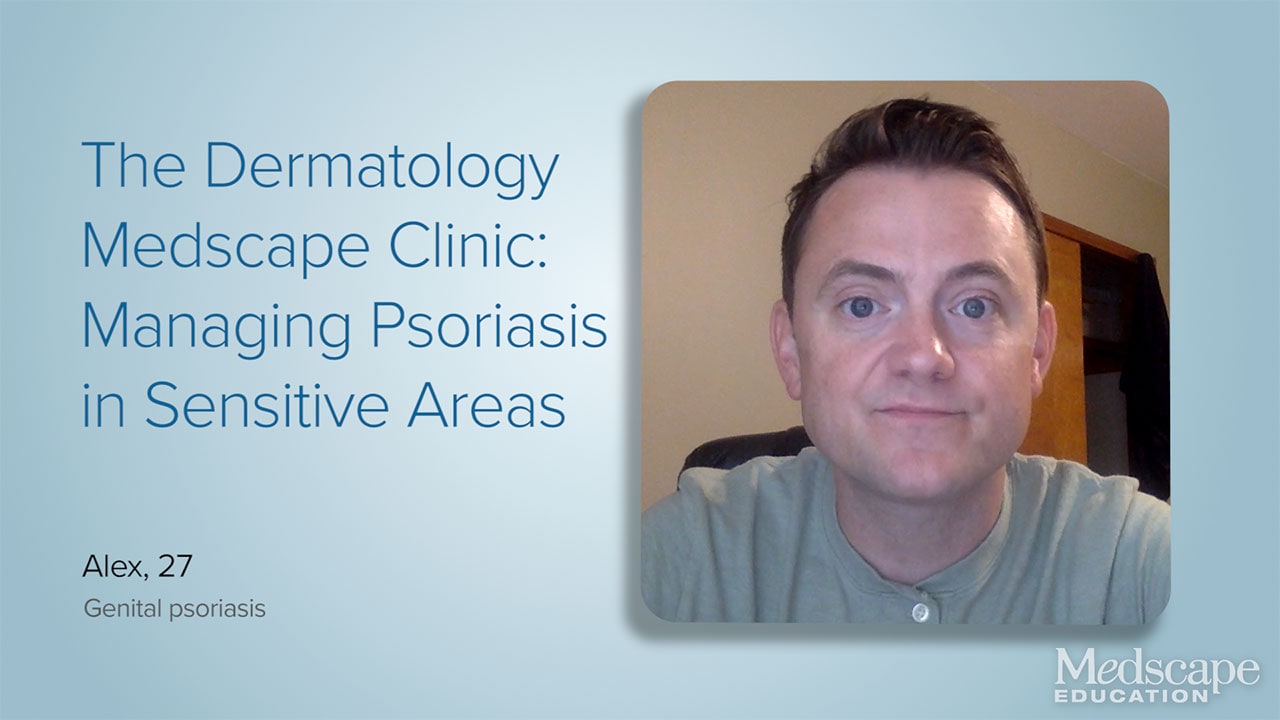May 15, 2009 — Ultraviolet B phototherapy administered at home for the treatment of psoriasis is equally safe and effective as ultraviolet B phototherapy administered in an outpatient setting, according to the results of a randomized controlled noninferiority trial reported in the May 8 issue of the BMJ.
"Ultraviolet B phototherapy is indicated when topical treatment is insufficient," write Mayke B.G. Koek, from University Medical Center Utrecht, in Utrecht, the Netherlands, and colleagues from the PLUTO study. "It is generally offered in an outpatient clinic, which requires patients to travel two or three times a week for treatment. This makes it a relatively time consuming treatment both for patients and for hospital staff, imposing a substantial burden on patients and society."
At the dermatology departments of 14 hospitals in the Netherlands, 196 patients with psoriasis who were clinically eligible for narrowband (TL-01) ultraviolet B phototherapy were randomly assigned to receive ultraviolet B phototherapy at home using a TL-01 home phototherapy unit or standard narrowband ultraviolet B phototherapy in an outpatient setting. Both groups were treated in a setting consistent with standard daily practice in the Netherlands. The first 105 consecutive patients were also followed up for 1 year after treatment.
The primary efficacy endpoint was the proportion of patients with a 50% or more reduction of the baseline psoriasis area and severity index (PASI) or self-administered psoriasis area and severity index (SAPASI), which was termed the PASI 50 and SAPASI 50 (relevant treatment effect).
Other efficacy measures were the percentage reductions in median scores on the PASI and SAPASI, the proportions of patients reaching the PASI 75 and SAPASI 75 (successful treatment effect), and the proportions of patients reaching the PASI 90 and SAPASI 90 (almost complete clearance).
Quality of life was also measured with the Short Form-36 General Health Survey and psoriasis disability index, and questionnaires measured burden of treatment, patients' preferences, and patient satisfaction. Dosimetry and short-term adverse effects were recorded in a diary.
SAPASI 50 was achieved in 82% of patients treated at home and 79% of patients treated as outpatients (difference, 2.8%; 95% confidence interval [CI], −8.6% to 14.2%), For PASI 50, the corresponding figures were 70% vs 73% (difference, −2.3%; 95% CI, −15.7% to 11.1%). Both groups had similar, significant treatment effect, defined as the mean decline in PASI and SAPASI scores, and similar short-term adverse effects.
Patients treated at home had a significantly lower burden of undergoing ultraviolet B phototherapy P ≤ .001). Although both groups had equal increases in quality of life, patients treated at home more often rated their experience with treatment as "excellent" (42% vs 23%; P = .001).
"Ultraviolet B phototherapy administered at home is equally safe and equally effective, both clinically and for quality of life, as ultraviolet B phototherapy administered in an outpatient setting," the study authors write. "Furthermore, ultraviolet B phototherapy at home resulted in a lower burden of treatment and led to greater patients' satisfaction."
Limitations of this study include inability to compare the groups at fixed times, lack of information concerning reasons for nonreferral, and inability to entirely exclude selection bias.
In an accompanying editorial, Alex Anstey, MBBS, FRCP, from Royal Gwent Hospital in Newport, United Kingdom, notes that many patients are excluded from phototherapy services because they live too far from their local unit.
"The case for home provision of UVB [ultraviolet B] phototherapy for psoriasis is most persuasive in sparsely populated areas," Dr. Anstey writes. "Now that safety and efficacy concerns have been tackled, an economic assessment of different UVB service models is needed. This should include the costs of the equipment, costs of teaching patients how to use the equipment, and costs for a clinical governance system within which home phototherapy can operate."
The Netherlands Organisation for Health Research and Development supported this study. The study authors and Dr. Anstey have disclosed no relevant financial relationships.
BMJ. 2009;338:b1542.
Medscape Medical News © 2009 Medscape, LLC
Send press releases and comments to news@medscape.net.
Cite this: Home Phototherapy as Safe, Effective as Outpatient Therapy for Treating Psoriasis - Medscape - May 15, 2009.











Comments